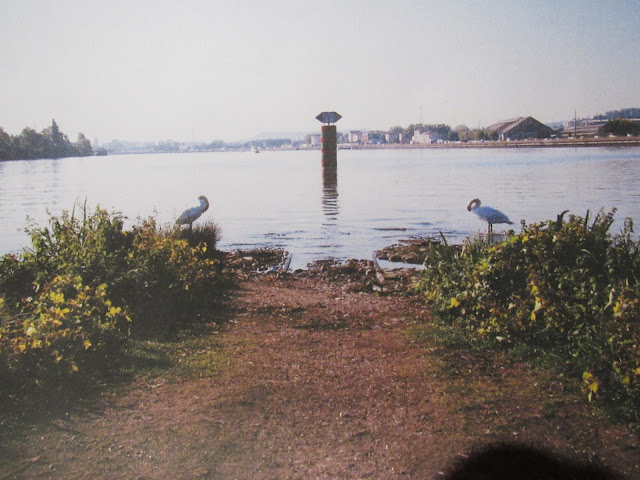After I left Kalamazoo College in 2011 where I spent 11 years teaching education courses, I felt as though my academic career were over. After all, I had been in a premier institution with the best students. How could I possibly do better than that?
 So I packed my stuff in banker's and paper-ream boxes and put them in my garage just in case I found another academic job. Then I promised myself that I'd know when the time came to give up. At that time, I'd burn all my academic papers, lesson plans, handouts and articles in a big bonfire.
So I packed my stuff in banker's and paper-ream boxes and put them in my garage just in case I found another academic job. Then I promised myself that I'd know when the time came to give up. At that time, I'd burn all my academic papers, lesson plans, handouts and articles in a big bonfire. For the next 6 years I wandered. I spent one year at Michigan State University teaching at James Madison College and the College of Arts and Letters. I thought I'd land a full-time slot, but didn't. I took an Oxford Seminars' course in English as a Second Language and became certified. That allowed me to teach English to international students at the Center for English Language and Culture for International Students at Western Michigan University for four years. I enjoyed this work very much because I shared my native language with students from all over the world; I had finally found my way into international education! But over the past 2 years as enrollment precipitously declined, I realized I had reached the end of the line. There just wasn't enough work and I'd never find a full-time job. That's when I realized that the time had come to "retire" from academic life. Fortunately, about the same time, an opportunity to live and work in France came along, so I didn't mind "the end" as much.
 I celebrated this new turn by "rekindling" my promise to myself and burning all my stuff to a crisp. Fortunately, I found Rose who had a place for me to do this and the knowledge of building and controlling a bonfire. I am very grateful to her for helping me to end my academic career in my own official and ritualistic way.
I celebrated this new turn by "rekindling" my promise to myself and burning all my stuff to a crisp. Fortunately, I found Rose who had a place for me to do this and the knowledge of building and controlling a bonfire. I am very grateful to her for helping me to end my academic career in my own official and ritualistic way.Now I identify myself as a writer with a new ministry in France. Not bad, eh? Two life-long dreams come true. They're are my "Tuscan Sun."
All gone!
















































